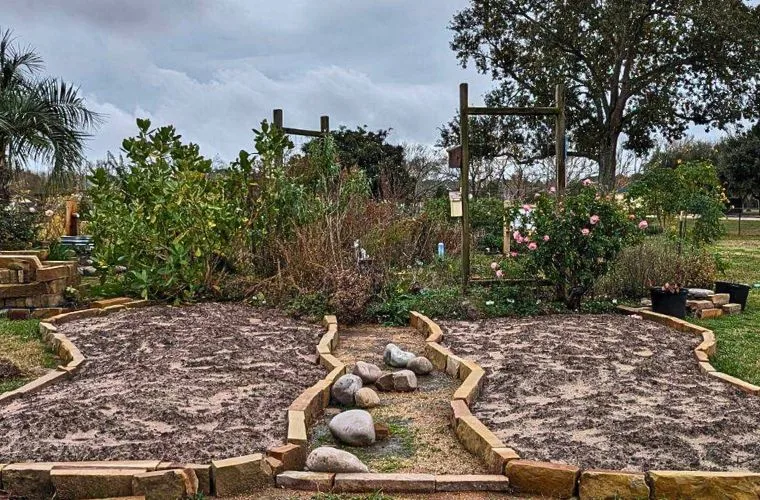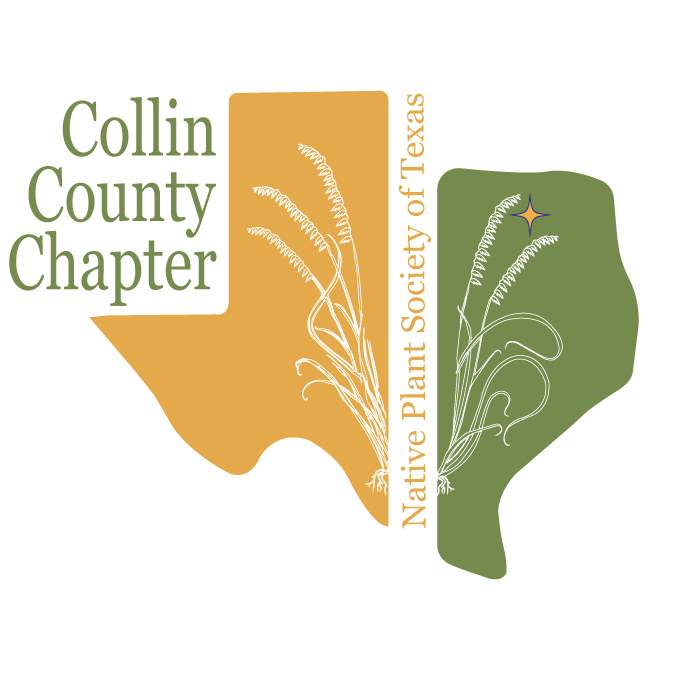May 13 @ 6:15 pm – 8:30 pm
Please join us for our chapter meeting in person or online!
6:15 Doors Opens – UHCL Bayou Building, Room 1217
6:40 Zoom Opens
6:45 Business Meeting
6:55 Plant of the Month
7:00 Guest Speakers
For May’s chapter meeting, we will take a virtual road trip to visit pollinator habitats funded by the chapter’s Native Pollinator Habitat Grant Program. You will hear from projects at three sites: FJH Outdoor Classroom at Friendswood Junior High School, Pollinator Habitat in the Discovery Garden at Carbide Park, and Cornelius Re-Spark Park at Cornelius Elementary School. Grantees will highlight their successes, obstacles, and lessons learned.
About the Sites
Cornelius Re-Spark Park at Cornelius Elementary School (Houston ISD): Cornelius was one of the first five schools in Houston to receive a SPARK Park back 1983 and has benefited from a few re-SPARK efforts. This initiative by the Cornelius PTO is creating a native pollinator garden at JP Cornelius Elementary, enriching the learning environment for students while supporting local wildlife.
Outdoor Classroom at Friendswood Junior High (Friendswood ISD): Friendswood Junior High’s project aimed to create an engaging and educational native pollinator garden, fostering a connection between students and the environment.
Pollinator Habitat in the Discovery Garden (Carbide Park): The project led by the Galveston County Master Gardeners at Carbide Park is centered on enhancing a pollinator habitat within the Discovery Garden. This initiative not only provides essential support to local pollinators but also offers valuable learning opportunities for visitors.
In-person – Parking Pass Required
If you have a pass, don’t forget it – you will not get another one if you picked one up previously. If you need a pass, arrive early enough to pick one up in Room 1217 (meeting room) and to place it in your car. DO NOT park in faculty/staff parking (enforced 24/7).
Arrive early to socialize and enter your name in the drawing for the door prize.
Map and Directions – The meeting will be held in Room 1217 of the Bayou Building at UHCL.
University of Houston-Clear Lake
2700 Bay Area Blvd.
Houston, TX 77058
Online – Zoom
Register in advance for this meeting. After registering, you will receive a confirmation email containing information about joining the meeting.
This is a FREE EVENT. Meetings are open to members and non-members. If you would like to become a member, you may join online. For more information about the Native Plant Society of Texas and the benefits of membership please visit: npsot.org.
Hosted by the Environmental Institute of Houston, University of Houston-Clear Lake.







